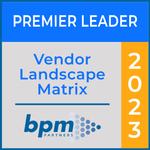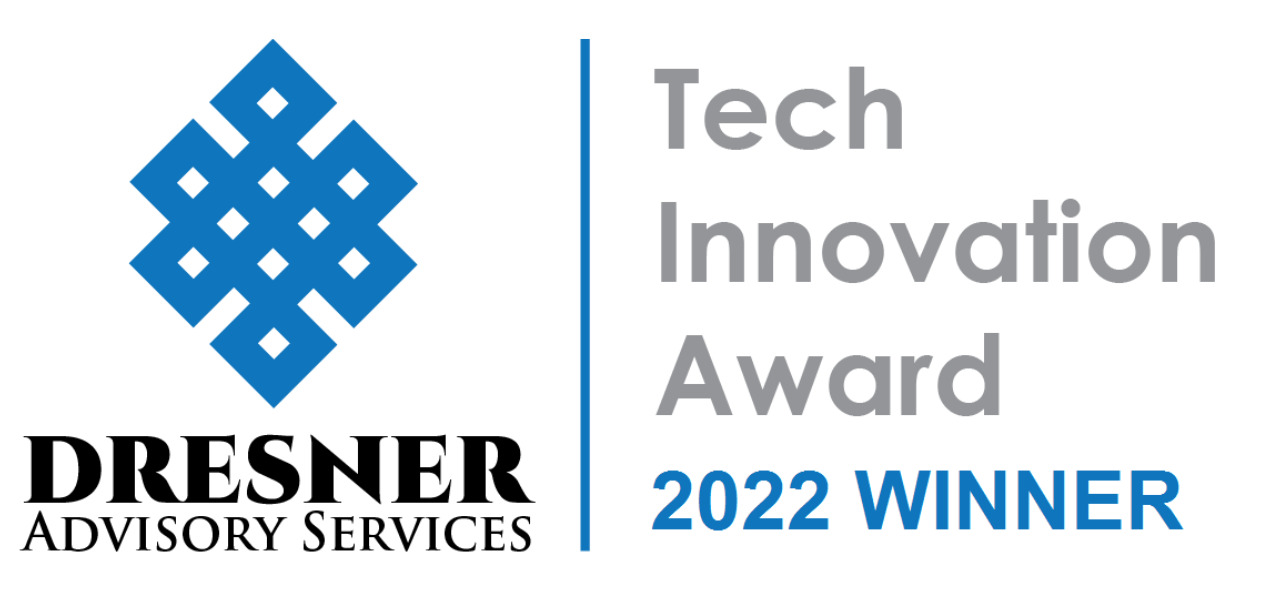AI-based CPM is a gamer-changer for finance.
The CCH Tagetik Corporate Performance Management expert solution connects finance and operational teams in a comprehensive platform built to automate all performance needs. This award-winning software is underpinned by a powerful data processing engine and artificial intelligence, so finance teams can complete tasks faster and more accurately than ever before.
As a one-stop-shop for CPM, our platform streamlines all financial processes, including:
- Financial close and consolidation
- Extended planning and analysis
- ESG & regulatory reporting
- Corporate Tax
- Statutory and management reporting
Accelerate the financial close. Increase planning agility. Empower data-driven decision-making. As easy to implement as it is to use, CCH Tagetik uses an open architecture to connect to all source systems and is available on the cloud.





